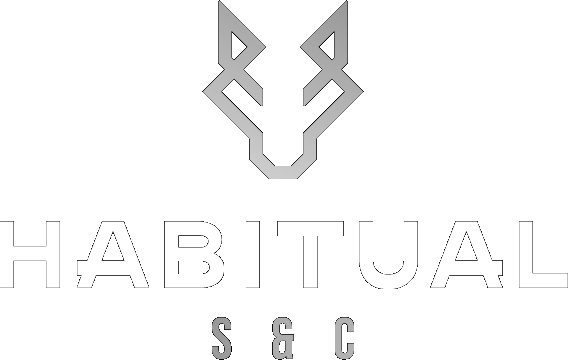Introduction:
In the world of fitness, the significance of recovery often goes unnoticed, yet it holds the key to unlocking remarkable results. When striving for improved performance and lifestyle, strategically mastering the art of recovery is vital for maximizing your progress towards your goals, preventing injuries, and achieving sustainable success. In this article, we will explore the science behind muscle repair and growth during recovery, unveiling effective strategies that provide actionable steps to optimise your body’s recuperation process.
The Importance of Rest:
Giving Muscles Time to Rebuild Muscle growth occurs during periods of rest, not during intense workouts. Adequate rest is essential for allowing your muscles to repair and adapt to the stress placed on them during exercise.
Actionable Step: Prioritise sleep and aim for 7-9 hours of quality rest each night. Additionally, incorporate rest days into your training schedule to allow your muscles to recover fully.
Post-Workout Nutrition:
Replenishing Nutrients for Recovery Nutrition is a vital component of the recovery process. Providing your body with the right nutrients after a workout enhances muscle repair and replenishes energy stores.
Actionable Step: Consume a balanced meal or snack within an hour after exercising, including a combination of protein and carbohydrates. This will facilitate muscle recovery and glycogen replenishment. Ideally you want to consume between 1-1.5g/kg body-weight of carbohydrates and .5g/kg body-weight protein within the first 30 minutes – 2 hours post exercise.
Hydration:
Replenishing Fluids for Optimal Functioning Proper hydration is essential for supporting bodily functions and facilitating nutrient transport to the muscles. Dehydration can impede recovery and hinder performance.
Actionable Step: Stay mindful of your water intake throughout the day, especially during and after workouts. Carry a water bottle with you to ensure you stay adequately hydrated. You want to aim to consume between 2-4 litres of water per day depending on your demands, weather conditions, etc.
Active Recovery:
Engaging in Gentle Movement Active recovery involves engaging in low-intensity exercises that promote blood flow to the muscles without causing additional stress. It can help reduce muscle soreness and expedite recovery.
Actionable Step: On rest days, consider light activities such as walking, swimming, or gentle yoga to keep your body moving and aid in the recovery process.
Mindfulness and Stress Management: Calming the Mind for Better Recovery Stress can have a significant impact on the body’s recovery process. Incorporating mindfulness practices and stress management techniques can aid in relaxation and promote recovery.
Actionable Step: Set aside time each day for mindfulness practices such as meditation or deep breathing exercises. Prioritise self-care to reduce stress and enhance your overall well-being.
Foam Rolling and Stretching:
Relieving Tension and Enhancing Flexibility Foam rolling and stretching are excellent tools for releasing muscle tension and improving flexibility. These practices can aid in reducing soreness and increasing blood flow to the muscles.
Actionable Step: Incorporate foam rolling and static stretching into your post-workout routine. Focus on the major muscle groups used during your workouts to promote recovery.
Conclusion:
The art of recovery is a vital component of any successful fitness journey. By prioritising rest, post-workout nutrition, active recovery, hydration, stress management and foam rolling and stretching, you can optimise your body’s ability to repair and grow muscles effectively. Remember that recovery is a proactive process that complements your training efforts, not a passive afterthought. Implement these actionable strategies, and witness how your dedication to optimal recovery elevates your performance, reduces the risk of injury, and accelerates your progress towards your fitness goals.



